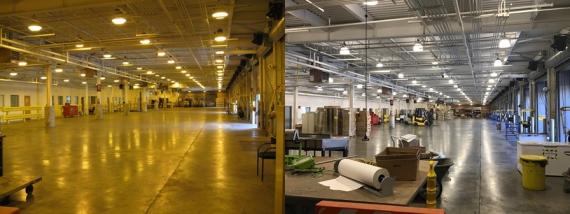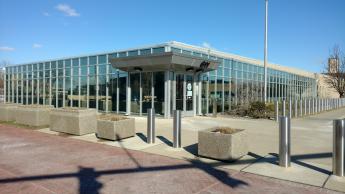Ohio, Michigan ESPC contracts keep R5 #1
The Great Lakes Region continues to save taxpayer dollars through Energy Savings Performance Contracts (ESPCs) at 10 buildings in two states. The region has launched and successfully awarded more ESPC projects than any other region, with even more awards on the horizon.
ESPCs allow federal agencies to make facility improvements that reduce energy costs without spending money up front. The region uses the “Enable” contracting vehicle to have the contractor invest up front, complete the improvements and be paid back over time by energy-savings rebates GSA earns from the utility.

Projects in Dayton and Columbus, Ohio, will soon be complete and help the agency achieve savings of more than $1.4 million in energy and water costs over the 12-year contract, as well as 2.7 million gallons of water annually.
Specifically, two of the improvements are forecasted to reduce the annual energy consumption at the National Archives & Records Administration facility in Dayton by more than 20 percent.
Specific energy conservation measures include:
- Upgrading lighting to new LED solutions at the Bricker Federal Garage in Columbus and the NARA Facility in Dayton;
- Replacing a once-through cooling system with a glycol cooling system to reduce water consumption at the recently-renamed Rice Federal Building and U.S. Courthouse in Dayton.

In Michigan, ESPC projects in Detroit, Ann Arbor, Flint and Saginaw are nearing the end of their second performance period. During the first performance period, the implemented measures helped the agency exceed the anticipated savings by five percent.
Other Michigan energy conservation measures include solar film upgrades at the Social Security Administration Building in Saginaw (photo), glycol cooling system installation at the Federal Building in Ann Arbor and new lighting and controls at six other buildings.
These upgrades are projected to save more than $1 million in energy and water costs over the contract’s six-year term. Most notably, one measure is currently saving more than two million gallons of water annually.

 U.S. General Services Administration
U.S. General Services Administration